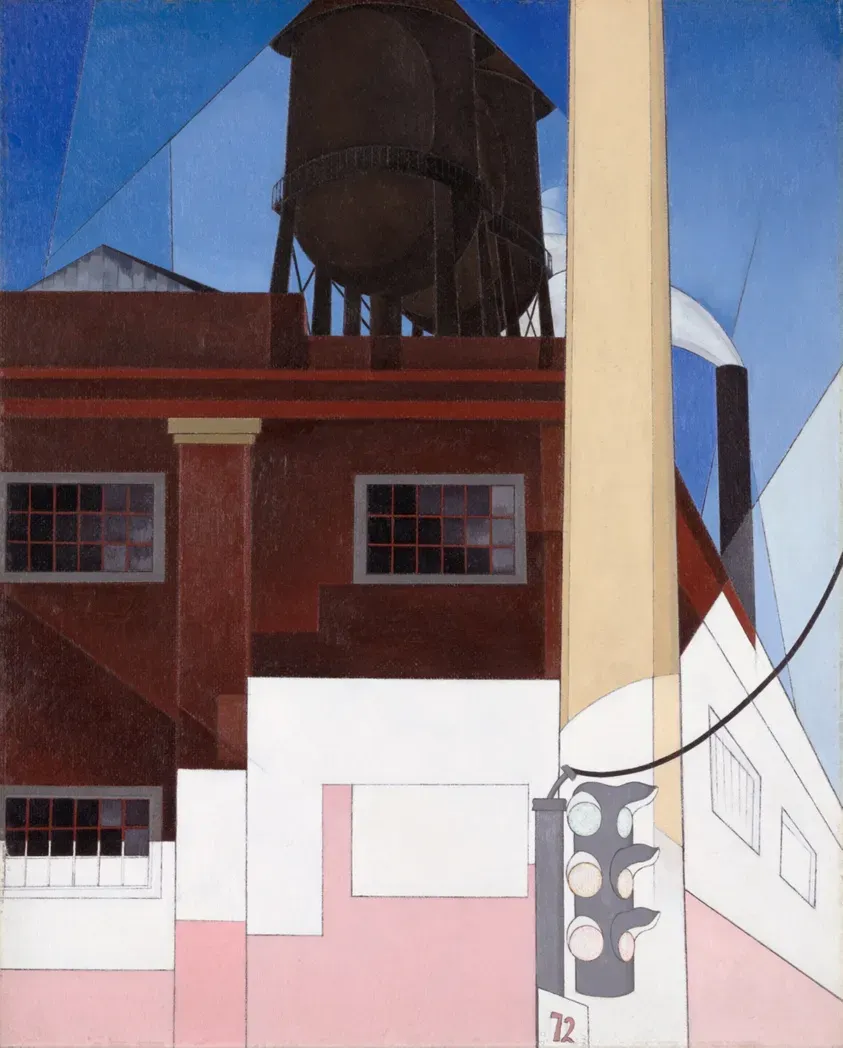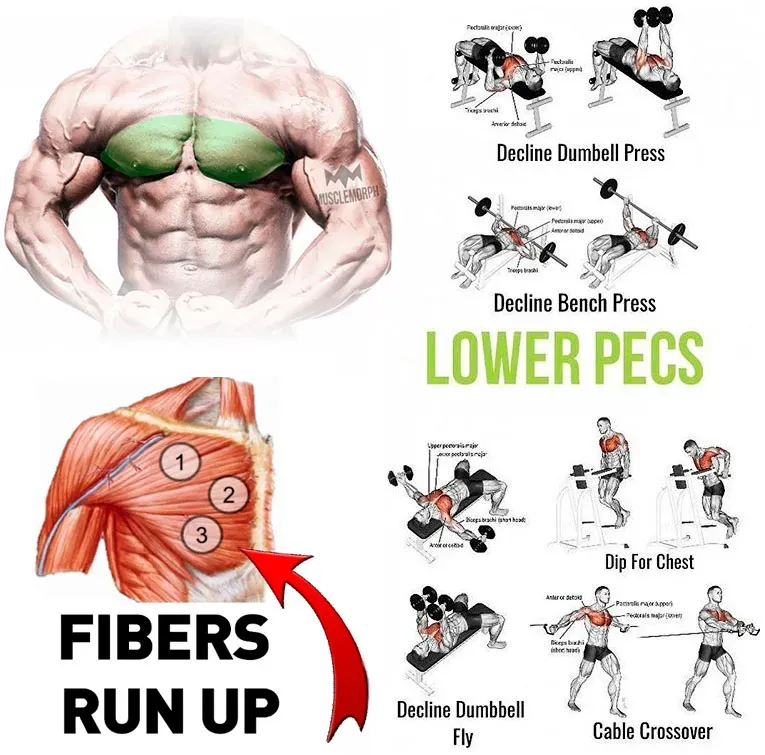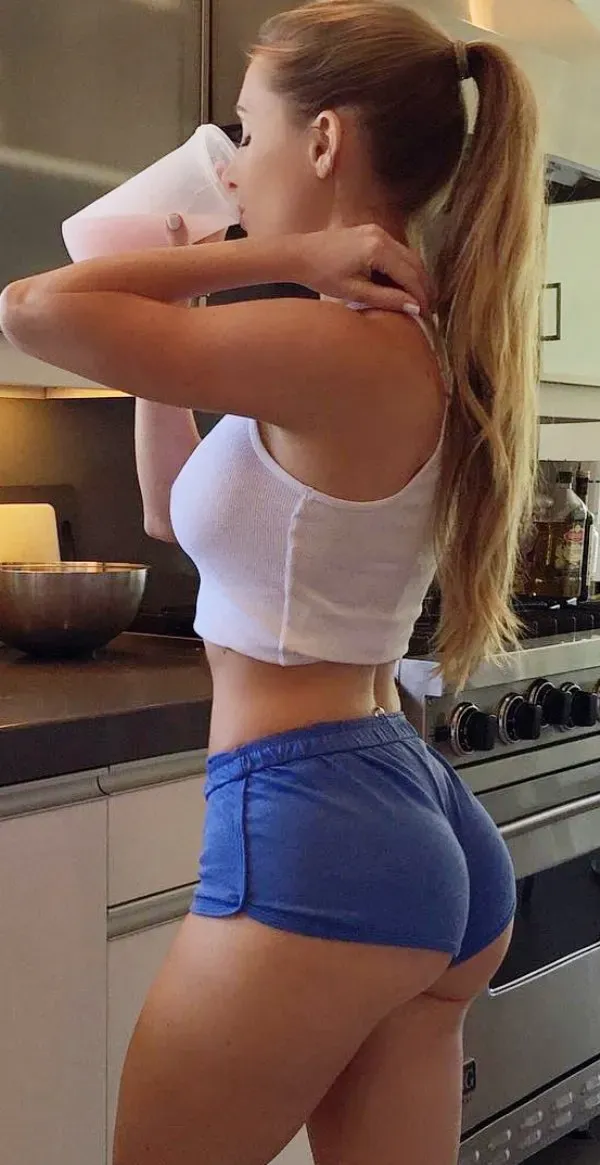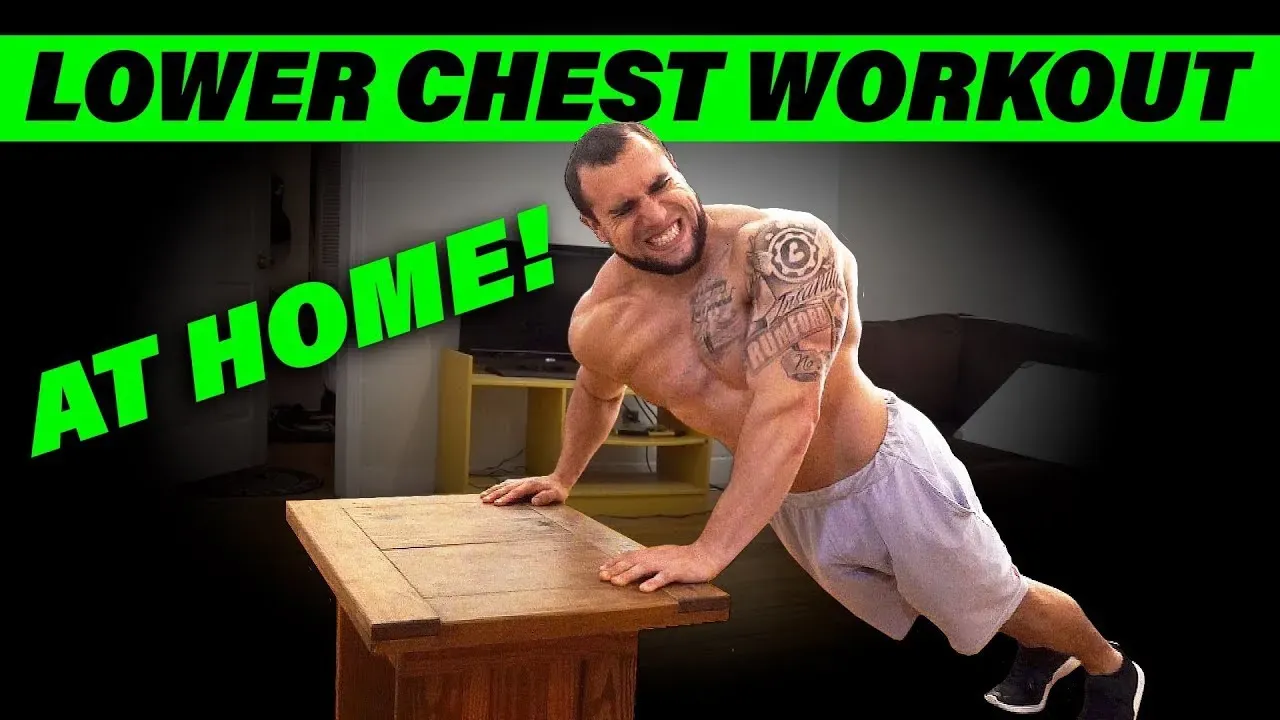Table of Contents
Ever look in the mirror after a few months of home workouts and feel like your upper chest is doing all the heavy lifting? It's a common scenario. Building a balanced, powerful chest often means paying specific attention to the lower portion, that area just above your abs. But how do you hit that spot effectively when you're not stepping foot in a gym? That’s where a targeted lower chest workout at home comes into play.
Targeting Your Lower Chest: Why It Matters

Targeting Your Lower Chest: Why It Matters
Alright, so you're dialing in on that chest, which is smart. A lot of folks just push weights or do standard push-ups and wonder why the top part pops but the bottom looks… well, less defined. That's because the chest isn't just one big muscle; it's got different fibers that respond best to specific angles. The lower pec fibers, the ones that give that nice, full look just above your abs, get hit hardest when you're pushing downwards, often on a decline. Ignoring this area leaves your chest looking unbalanced, like a poorly poured pint. Focusing on a lower chest workout at home ensures you build a complete, strong, and aesthetically pleasing chest, not just a top-heavy one.
Effective Lower Chest Exercises You Can Do at Home

Effective Lower Chest Exercises You Can Do at Home
The Mighty Decline Push-Up
let's get down to brass tacks. When you're thinking lower chest workout at home, the decline push-up is your absolute best friend. Think about it: a decline bench in the gym lets gravity pull your body down while you push up at an angle, hitting those lower fibers. You can replicate this by elevating your feet. Grab a sturdy chair, a couch, or even a stack of books if you're feeling adventurous (just make sure it won't slide). Get into a standard push-up position, but place your feet up on the elevated surface. The higher your feet, the steeper the angle, and the more emphasis you put on the lower chest. Keep your body straight, core tight, and lower yourself down until your chest is near the floor, then push back up powerfully. Don't let your hips sag. That's cheating, and your lower chest will know.
Chair Dips for That Extra Squeeze
Dips aren't just for triceps, folks. With a slight adjustment, they can be a fantastic addition to your lower chest workout at home. You'll need two sturdy chairs or parallel bars if you happen to have them. Place the chairs shoulder-width apart, or slightly wider if comfortable. Grip the edge of each chair with your hands, knuckles facing forward. Lower your body down between the chairs, keeping your legs either straight or bent at the knee (easier version). Now, here's the chest focus part: lean slightly forward at the top of the movement. This angle shifts some of the load from your triceps to your pecs, specifically the lower portion. Control the descent and drive back up, focusing on squeezing your chest at the top. If dips are too tough right now, negative dips (just lowering slowly) are a great starting point.
- Decline Push-Ups: Feet elevated on a stable surface.
- Chair Dips: Lean forward slightly to target chest.
- Elevated Push-Ups (Hands): Hands elevated on a bench or chair. This actually targets the *lower* chest effectively by changing the angle of push relative to your torso, similar to a decline press.
- Plyometric Decline Push-Ups: Explode upwards for power.
- Chest Dips (if available): Use parallel bars, lean forward.
The Elevated Push-Up Twist (Yes, Really!)
This one sounds counter-intuitive at first, but stick with me. When you put your *hands* on an elevated surface (like a sturdy box, a chair, or even just a step), you're performing an incline push-up, which typically targets the upper chest. However, by changing your body angle relative to the floor, you can still hit the lower chest fibers quite effectively, especially when focusing on form and a deep stretch. Think of it like a smith machine incline press where the bar path is fixed – your body adapts to the angle. Perform standard push-ups with your hands elevated, but focus on a full range of motion, letting your chest get a good stretch at the bottom. It's not the primary lower chest exercise, but it adds volume and works the muscle in a different plane, complementing your decline work nicely. Don't just go through the motions; feel the muscle working.
Building Your Lower Chest Workout at Home Routine

Building Your Lower Chest Workout at Home Routine
Setting Realistic Goals and Staying Consistent
so you've got the moves down – the decline push-ups, the chair dips, maybe even the elevated hand push-ups for variety. Now what? Sticking a few random exercises together isn't a routine; it's just... exercise. Building your lower chest workout at home effectively means having a plan. First off, be real with yourself. You're not going to add an inch of muscle overnight. This takes time, like waiting for a decent cup of coffee to brew. Set achievable goals, maybe aiming for a certain number of reps or sets per week. Consistency is king here. Two killer workouts a week are far better than one epic session followed by two weeks of nothing. Find a schedule that works and stick to it, even when motivation dips. That's when it counts most.
Structuring Your At-Home Chest Sessions
How you put the exercises together matters. Think about hitting the lower chest from slightly different angles or with varying intensity. A solid routine might start with the most challenging move, like decline push-ups, while you're fresh. Then move to dips or another variation. Aim for 3-4 sets per exercise. The number of reps? That depends on your current strength. If you can do 20+ reps easily, find a way to make it harder – increase the decline angle, slow down the movement, or add a pause at the bottom. If you're struggling to hit 8-10 good reps, that's your target range for building strength and size. Rest 60-90 seconds between sets. Don't just flop around; use that time to recover properly so you can perform the next set with quality.
- Start with the hardest exercise (e.g., high decline push-ups).
- Perform 3-4 sets per exercise.
- Choose a rep range that challenges you (8-15 reps is a good starting point for hypertrophy).
- Rest 60-90 seconds between sets.
- Finish with an exercise that allows for a good stretch or contraction (like dips).
Progression is Non-Negotiable
Your muscles won't grow if you keep doing the exact same thing forever. They're lazy like that; they adapt. To keep building your lower chest workout at home, you have to progressively overload the muscle. This sounds complicated, but it just means making it slightly harder over time. Can you do 15 decline push-ups easily now? Great. Try elevating your feet higher next time. Or do 4 sets instead of 3. Or slow down the lowering phase to 3 seconds. You could even try adding a resistance band if you have one. Listen to your body, of course – don't push through sharp pain – but constantly seek ways to challenge yourself just a little bit more than last time. That consistent, small increase in demand is what forces adaptation and growth.
Maximizing Results: Tips for Your Home Chest Training

Maximizing Results: Tips for Your Home Chest Training
Focus on Form, Not Just Reps
Look, it's easy to bang out push-ups like you're late for dinner. But if you want to see real changes in your lower chest, quality trumps quantity every single time. Sloppy reps don't build muscle efficiently; they build bad habits and potentially injuries. When you're doing those decline push-ups, really think about squeezing your chest at the top. Control the lowering phase – don't just drop. Feel the stretch at the bottom. With dips, make sure you're getting that slight forward lean to engage the pecs. I remember trying to hit 100 push-ups straight when I started, thinking that was the key. My shoulders got tired, but my chest felt… okay. When I slowed down, focused on feeling the muscle work on every single rep, even if I only did 20, the difference was night and day. Your muscles don't count reps; they respond to tension.
Fuel Your Growth and Recover Smart
You can do the perfect lower chest workout at home, but if you're not fueling your body correctly and letting it recover, you're leaving gains on the table. Protein is the building block for muscle, so make sure you're getting enough throughout the day. Think chicken, fish, beans, lentils, eggs – whatever works for you. Don't forget carbs for energy to power through those sets and healthy fats for overall health. And sleep? Absolutely non-negotiable. Muscles grow when you're resting, not when you're grinding. Aim for 7-9 hours a night. Skipping sleep is like trying to build a house without letting the concrete dry. It just won't hold up.
What's your go-to post-workout snack?
- Prioritize whole foods for nutrition.
- Ensure adequate protein intake daily.
- Stay hydrated throughout the day.
- Get 7-9 hours of quality sleep per night.
- Consider active recovery like light stretching on off days.
Don't Be Afraid to Get Creative
Home workouts can feel limiting, but they don't have to be boring or ineffective. Once bodyweight exercises become too easy even with perfect form and increased reps, you need to find ways to add resistance. Got a backpack? Load it up with books or water bottles for weighted decline push-ups. Have resistance bands? Loop them around your back and under your hands during push-ups for added challenge at the top of the movement. You can also play with tempo – slow negatives (the lowering part) are brutal in the best way for muscle growth. Or try isometric holds, pausing at the bottom of a decline push-up for a few seconds. The point is, adapt and overcome. Your living room can be a serious training ground if you use your head.
Building Your Lower Chest: The Home Advantage
So there you have it. Building that often-neglected lower chest doesn't require a gym membership or expensive gear. By understanding the mechanics and consistently applying bodyweight exercises like various push-up variations and dips (if you have parallel bars or sturdy furniture), you can effectively target those muscle fibers. Crafting a routine is about consistency and progression, not complexity. Start with the fundamentals, focus on proper form, and gradually increase intensity. A dedicated lower chest workout at home is more than just convenient; it's a practical path to a more balanced and powerful physique. The tools are already within reach; it's just a matter of putting them to use.
